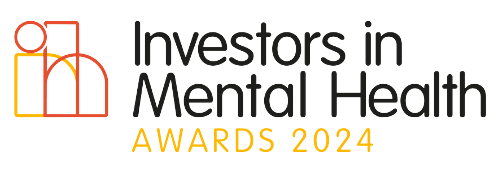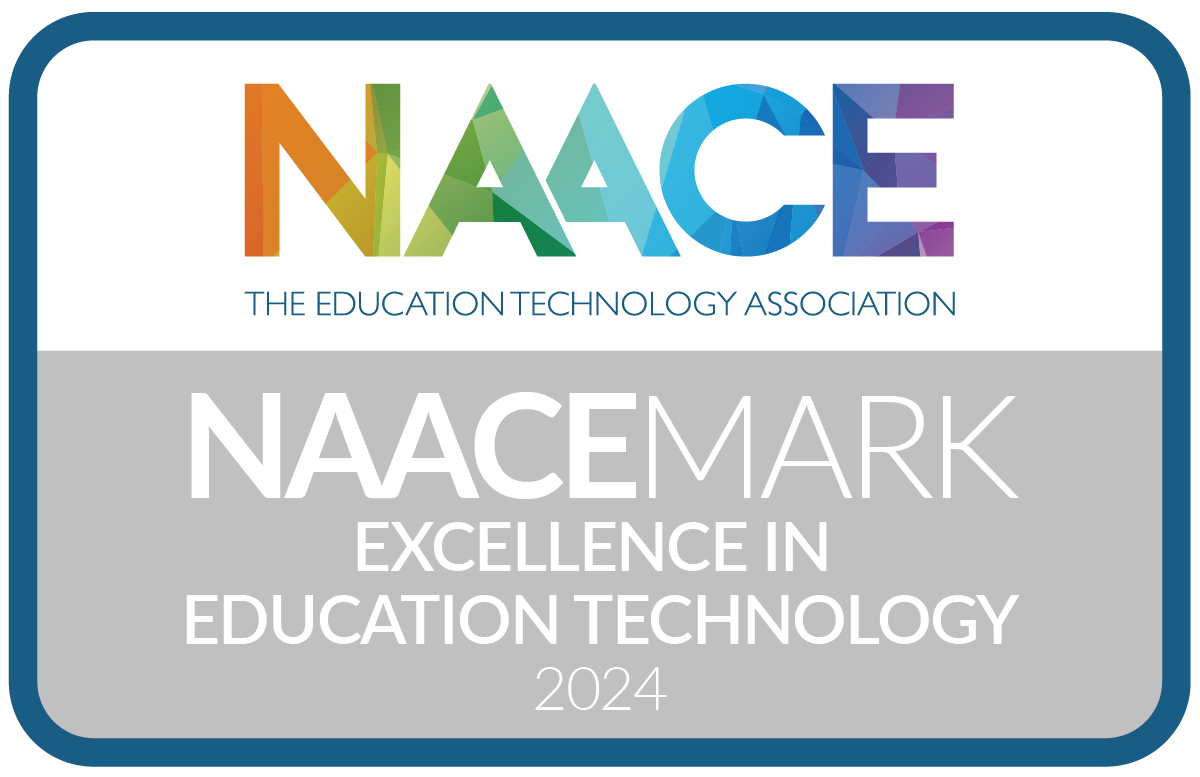Technology & Design
SPECIFIC AIMS OF THE DEPARTMENT
- Encourage you to be creative, innovative and prepared to take design risks.
- Make you aware that high quality design and technology are important.
- Make you aware that many modern day innovations are developed from existing and historical solutions.
- Develop transferable skills, which will benefit you in vocational training and employment.
- Make you aware of creative, engineering and manufacturing industries.
- Incorporates product design, and systems and control.
EXAM BOARD
CCEA
OVERVIEW OF KEY STAGE 3 CURRICULUM
In Technology and Design, pupils have opportunities to explore a range of topics and develop Whole Curriculum Skills and Capabilities. Pupils learn about:
- Design
- Communication
- Manufacturing
- Control. Technology and Design encourages pupils to develop creative thinking and problem-solving skills by evaluating design proposals and selecting and using materials that are fit for purpose.
Pupils should have opportunities to research and manage information effectively to investigate design issues. They should also think critically and flexibly, and demonstrate creativity and initiative when developing ideas and following them through.
OVERVIEW OF KEY STAGE 4 CURRICULUM
https://ccea.org.uk/key-stage-4/gcse/subjects/gcse-technology-and-design-2017
Year 11
The CCEA GCSE Technology and Design specification encourages students to be innovative and prepared to take design risks. Students explore the creative, engineering and manufacturing industries, as well as the importance of high-quality technology and design. GCSE Technology and Design specification provides students with a core of knowledge in the following key areas before they choose to specialise in one:
• electronic and microelectronic control systems
• mechanical and pneumatic control systems
• product design.
There are two written exams, each worth 25% of the final mark, and a design and manufacturing project worth 50%. Teachers mark the design project, and we visit centres to carry out moderation. This qualification builds on the knowledge, understanding and skills developed through the Science and Technology Area of Learning and the Cross-Curricular Skill of Using ICT. This specification is unitised, so it’s possible to take part of the assessment at the end of the first year of study.
The specification has three units:
• Unit 1: Technology and Design Core Content – Written Paper (Yr11) – 25%
• Unit 2: Optional Areas of Study
• Unit 3: Design and Manufacturing Project.
The Three units are compulsory; (unit 1, 2 & 3) and In Unit 2 there are three optional units. We choose electronic and microelectronic systems
Unit 1: Technology and Design Core Externally assessed written paper, 1.5hours 25%
Unit 2: Electronic and microelectronic control systems Externally assessed written paper, 1.5hours 25%
Unit 3: Design Project Controlled assessment 50% Coursework Element.
Coursework will consist of one piece of controlled assessment worth 50%. Unit 3 -Controlled assessment 2 is worth 50%. This unit is compulsory for all students. The project enables students to demonstrate their ability to design and manufacture a product with a Systems Design and Manufacturing element under controlled conditions. Students have 40 hours to complete the design assignment. Students will be required to complete a design portfolio (25%) and a manufactured product (25%) as an integral part of the design project. Each design project will have its own characteristics and relevant processes. It will be internally assessed and externally moderated.
Examination Paper In Unit 2 there are two written papers of 1 hour; each paper is worth 25%.
Paper 1 will examine the Technology and Design Core content.
Paper 2 will examine the Specialist Option of Electronic and Microelectronic Control Systems.
OVERVIEW OF KEY STAGE 5 CURRICULUM
https://ccea.org.uk/post-16/gce/subjects/gce-technology-and-design-2016
GCE Technology and Design
The CCEA GCE Technology and Design specification encourages students to recognise and overcome challenges and constraints when working towards making high quality products.
This specification is available at two levels: AS and A2. Students can take the AS units plus the A2 units for a full GCE A level qualification. They can also choose to take the AS course as a stand-alone qualification.
The AS units include a common core of design and materials and a specialised study of:
• systems and control (electronic and microelectronic systems)
Students also complete a product development task that is internally assessed. Students who continue to A2 explore systems and control - Electronic and Microelectronics in greater detail than at AS level.
The A2 course includes an internally assessed design-and-make task. The specification has four units:
• Unit AS 1: Compulsory: Design and Materials and Option: Systems and Control - Electronic and Microelectronics
• Unit AS 2: Coursework: Product Development -
• Unit A2 1: Systems and Control - Electronic and Microelectronics
• Unit A2 2: Coursework: Product–System Design and Manufacture.
The structures of the AS and A Level courses are summarised below; It is important to note that AS is now worth 40% and A2 is worth 60% of the final GCE qualification.
AS 1 Compulsory: Design and Materials 1-hour examination. Option: System and Control 1-hour examination. (same sitting - 20mins break) (50% of AS & 20% of A2.)
AS 2 Coursework: Product Development. Coursework internally assessed & externally moderated. (50% of AS and 20% of A2 GCE)
A2 1 Systems and Control 2-hour examination (30% of A2 GCE).
A2 2Coursework: Product-System, Design/Manufacture Coursework internally assessed & externally moderated. (30% of Advanced GCE)












